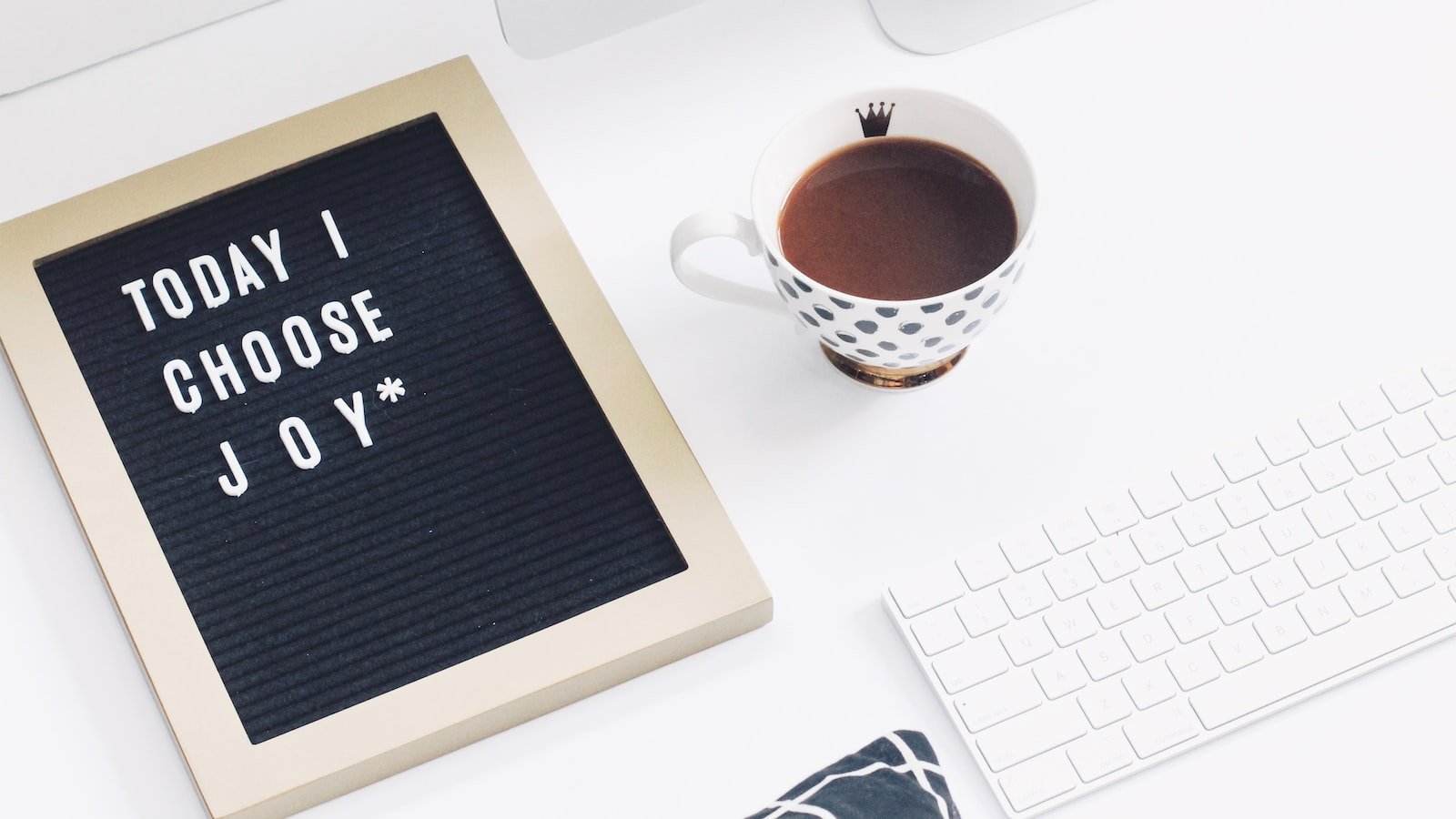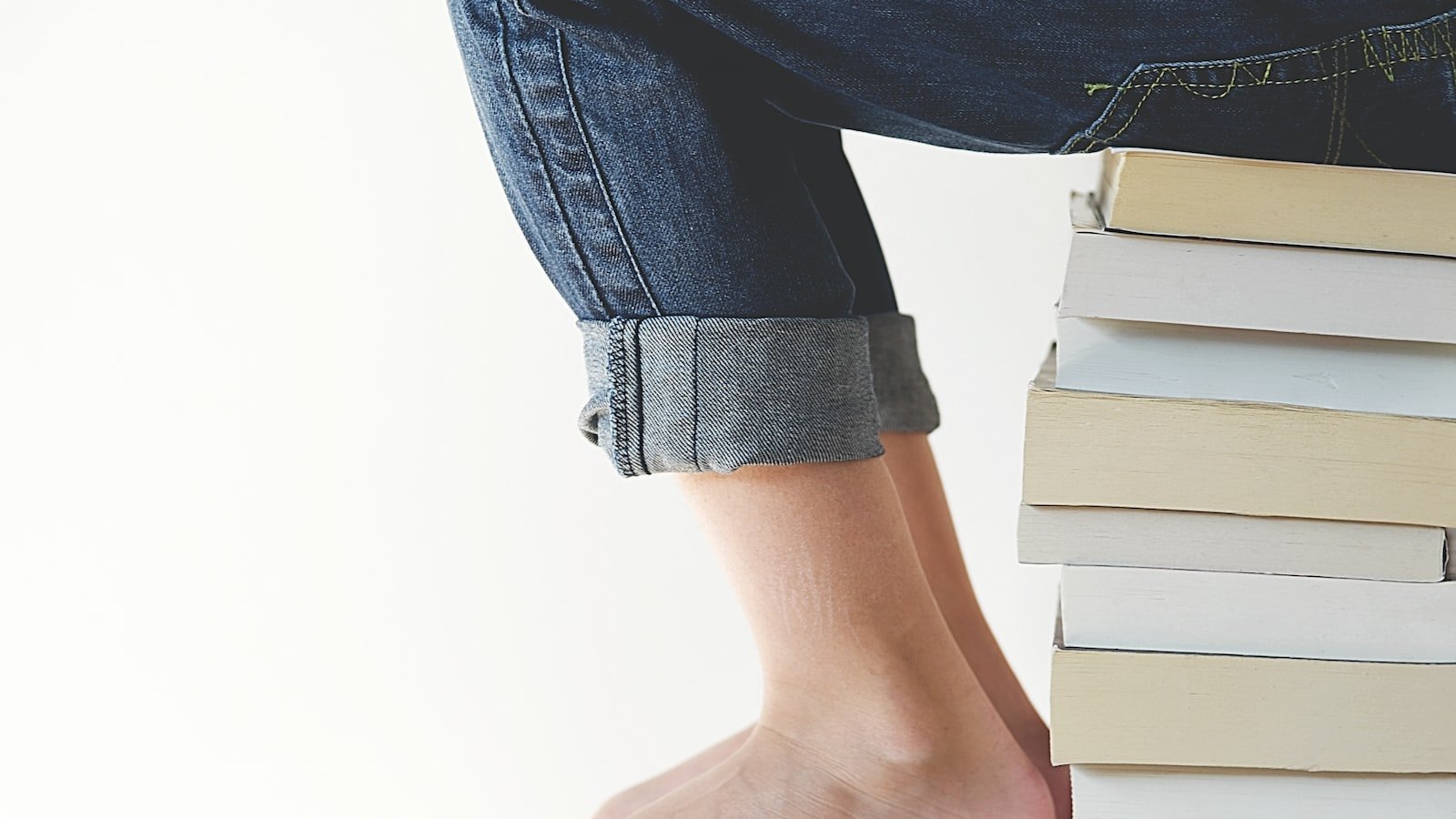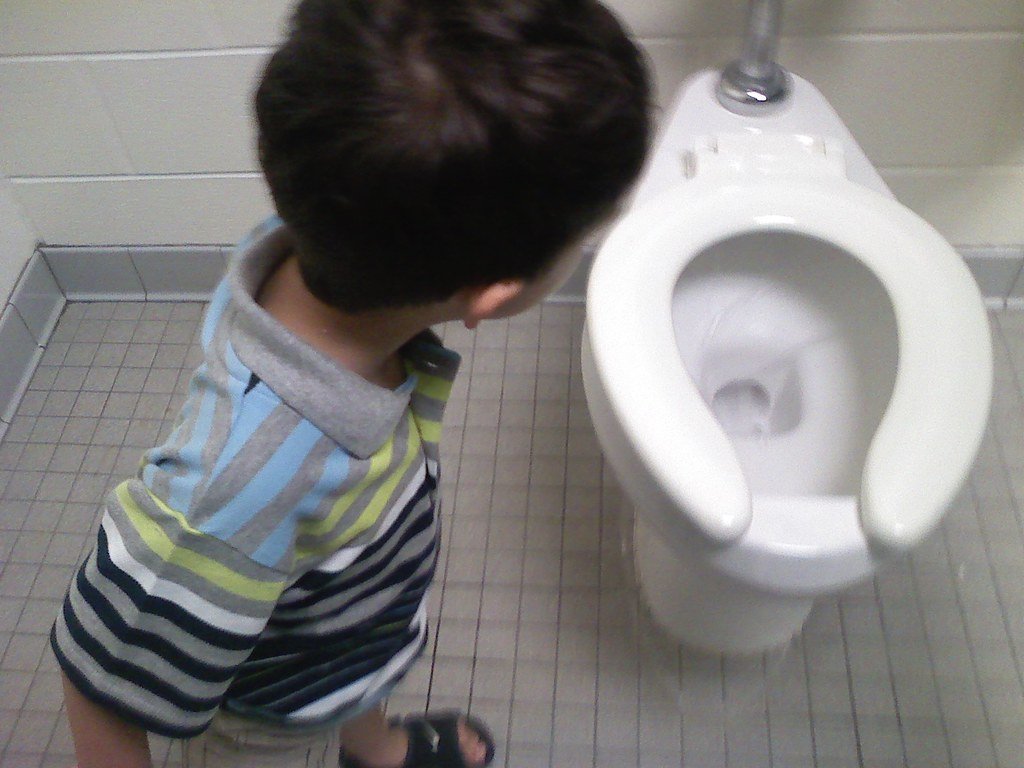Puppies, those adorable bundles of fur and mischief, have a way of melting hearts with their big doe eyes and waggling tails. But as all new puppy parents soon discover, along with those heart-melting moments comes a not-so-charming reality: the urgent need to tackle the daunting task of potty training. Ah, yes, the inevitable dance of patience, consistency, and a whole lot of newspaper lining the floor. So, how long, one might wonder, does it take to teach these lovable creatures the art of toileting in the right spot? While puppies may not come with an instruction manual, fret not dear dog devotees, for we have dug deep into the trenches of puppyhood chaos to unravel the mysteries behind this great doggy dilemma. Nestle into your favorite reading spot, sip some tea, and prepare to embark on an enlightening journey as we demystify the timeless question: just how long does it take to potty train a puppy?
Table of Contents
- Setting the Stage for Success: Preparing for Potty Training a Puppy
- Understanding the Learning Process: Factors Affecting the Duration of Potty Training
- Practical Tips and Strategies: Efficient Techniques for Potty Training
- Addressing Challenges: Dealing with Regression and Accidents
- Consistency is Key: Establishing a Long-Term Routine for Potty Training
- Q&A
- In Retrospect

Setting the Stage for Success: Preparing for Potty Training a Puppy
Preparing for Potty Training a Puppy: Setting the Stage for Success
Embarking on the journey of potty training a puppy requires careful planning and preparation. As a responsible pet owner, it is crucial to set the stage for success by providing a conducive environment for your furry friend to learn and develop good bathroom habits. With a few simple steps and some patience, you can pave the way for a stress-free and effective potty training experience.
Creating a Safe and Comfortable Space
- Designate a specific area in your home where your puppy can spend most of their time. This space should be easily accessible to you and provide enough room for your pup to move around freely.
- Secure the area to prevent any accidents or uncontrolled exploring. Use baby gates or puppy pens to create boundaries and minimize the risk of accidents occurring in other parts of your home.
- Make the designated space cozy and comfortable by adding a soft bed, toys, and water and food bowls. This will help your puppy associate the area with positive experiences.
Establishing a Routine
Consistency is key when it comes to potty training. Establishing a routine will not only make it easier for your puppy to adapt but also minimize accidents.
- Set regular potty breaks: Take your puppy outside to their designated bathroom area at regular intervals, such as after meals, playtime, and waking up from naps.
- Use a cue word: Choose a specific word or phrase, such as “go potty,” and use it consistently every time you take your puppy outside. This will help them associate the cue with the action you want them to perform.
- Reward and reinforce: When your puppy successfully eliminates in the designated area, be sure to offer praise, a treat, or both. Positive reinforcement will help them understand that they are doing the right thing.
By setting up a safe and comfortable space and establishing a consistent routine, you are laying the foundation for successful potty training. Remember, patience and positive reinforcement are crucial during this process. With time, dedication, and lots of love, your puppy will develop the desired habits and become a well-trained member of your family.

Understanding the Learning Process: Factors Affecting the Duration of Potty Training
Potty training is a significant milestone in a child’s development, but it can be a challenging and time-consuming process. The duration of potty training varies from child to child, and several factors can influence how long it takes for a child to become fully potty trained.
1. Readiness: Every child develops at their own pace, and readiness for potty training is no exception. Some children may show signs of readiness earlier, while others may take longer to exhibit these signs. It’s important to observe your child for cues such as staying dry for longer periods, expressing interest in the bathroom, or pulling down their own pants.
2. Consistency: Consistency is key when it comes to potty training. Establishing a routine and sticking to it can greatly impact the duration of the process. Make sure your child has access to the potty at regular intervals, especially after meals and before bedtime. Consistently reminding and encouraging your child can help reinforce the behavior and speed up the learning process.
3. Encouragement and Positive Reinforcement: Potty training can be frustrating at times, but maintaining a positive attitude is crucial. Praising and rewarding your child for successful attempts, even small ones, can boost their confidence and motivation. Remember to be patient and understanding, as accidents are a normal part of the learning process.
As each child is unique, the duration of potty training can vary significantly. By understanding the factors that affect the learning process and implementing strategies that promote readiness, consistency, and positive reinforcement, parents can navigate potty training with patience and success.

Practical Tips and Strategies: Efficient Techniques for Potty Training
When it comes to potty training, every child is unique and may require different techniques to successfully master this important milestone. Here are some practical tips and strategies to help make the process more efficient and effective:
- Establish a routine: Consistency is key when potty training. Set a regular schedule for your child to sit on the potty, like after meals or before bed. This will help them become familiar with the routine and encourage successful bathroom trips.
- Use positive reinforcement: Reward your child’s efforts with praise, stickers, or small treats when they successfully use the potty. This positive reinforcement will motivate them and boost their confidence throughout the training process.
- Create a comfortable environment: Make the bathroom a welcoming space for your child. Use a child-sized potty chair or a toilet training seat insert. Decorate the area with their favorite toys or books to make it a place where they feel relaxed and at ease.
- Encourage good hygiene habits: Teach your child to wash their hands thoroughly after using the potty. Make handwashing fun by using colorful soap or singing a special handwashing song. This will help them develop proper hygiene practices from an early age.
- Be patient: Remember, accidents are part of the learning process. Stay calm and supportive during mishaps. Avoid punishment or shaming, as this can hinder progress. Instead, offer comfort and reassurance, and encourage your child to try again next time.
By following these efficient techniques and implementing a customized approach based on your child’s temperament, you can help them navigate the journey of potty training with confidence and success. Remember, this developmental milestone takes time, so be persistent and celebrate each small achievement along the way.
Addressing Challenges: Dealing with Regression and Accidents
When it comes to facing regression and accidents, it’s important to approach these challenges with a proactive mindset and a commitment to finding effective solutions. Here are some strategies to consider:
- Improve your debugging skills: Accidents and regression often occur due to software bugs. Sharpening your debugging skills can help you identify and tackle these issues efficiently. Take the time to understand the root causes and utilize tools that aid in debugging processes.
- Implement automated tests: Writing comprehensive unit tests and integration tests can significantly reduce the risk of regression. Automating these tests can save time and effort in the long run, ensuring that functionalities remain intact even when changes are made.
- Encourage continuous learning: Embrace a culture of learning within your team by promoting knowledge sharing and professional development. This can help team members stay updated with the latest techniques and prevent regression caused by outdated practices.
- Create a blame-free environment: Accidents are bound to happen, but it’s crucial to foster a blame-free environment where team members feel safe reporting incidents and discussing potential solutions. By focusing on finding solutions rather than attributing blame, you can tackle the root causes effectively.
Remember, addressing regression and accidents requires a collaborative effort and a willingness to learn from mistakes. By implementing these strategies, you can minimize the impact of regression and accidents and pave the way for a more resilient and reliable software development process.
Consistency is Key: Establishing a Long-Term Routine for Potty Training
Creating a consistent and long-term routine is vital when it comes to successfully potty training your little one. By implementing a structured approach, you can help your child understand the process and build healthy habits. Here are a few tips to help you establish a routine that will make potty training easier for both you and your child:
- Stick to a Schedule: Set specific times for bathroom breaks throughout the day. Regularly bringing your child to the toilet will teach them to recognize when they need to go.
- Set Clear Expectations: Clearly explain to your child what is expected of them during potty training. Encourage them to use the restroom when they feel the need and emphasize the importance of cleanliness.
- Offer Praise and Rewards: Positive reinforcement plays a crucial role in potty training success. Whenever your child successfully uses the toilet, shower them with praise and offer small rewards such as stickers or a special treat.
Remember, mastering the art of potty training takes time and patience. Consistency in your routine will prevent confusion and frustration for both you and your child. With a dedicated approach and plenty of encouragement, you’ll be well on your way to a diaper-free household!
Q&A
How long does it take to potty train a puppy?
Potty training a puppy varies depending on the breed, age, and individual personality of the dog. On average, it can take anywhere from a few weeks to several months to fully potty train a puppy.
What are the key factors that can affect the duration of potty training?
Consistency, patience, and positive reinforcement are crucial in potty training a puppy. Other factors that can affect the duration include the puppy’s age, its bladder control, and the owner’s dedication to daily routines and frequent potty breaks.
Are there any specific techniques that can speed up the potty training process?
Establishing a structured routine, using crate training, and teaching simple commands like ”go potty” can significantly accelerate the potty training process. Employing positive reinforcement, such as praise and treats, for successful bathroom trips also helps reinforce the desired behavior.
What should owners do when their puppy has an accident indoors?
When accidents happen, it’s important not to scold or punish the puppy as it may create fear and hinder the training progress. Instead, calmly clean up the mess using an enzymatic cleaner to eliminate odors, and refocus on the training routine, encouraging the puppy to go outside regularly.
Is it normal for a puppy to have occasional setbacks during potty training?
Absolutely! Setbacks are common during the potty training process. Factors like changes in routine, stress, or new environments can lead to accidents. It’s essential to remain patient, reinforce positive behavior, and continue with the established training plan to overcome setbacks and move forward.
Are there any signs that indicate a puppy may need to go outside?
Signs that a puppy needs to go potty may include pacing, sniffing the floor, scratching at the door, or suddenly stopping playful behavior. It’s crucial for owners to closely observe their puppy’s behavior, as recognizing and responding to these signs can help prevent accidents and reinforce potty training progress.
Is it possible to potty train a puppy while working full-time?
Potty training is achievable while working full-time, but it requires planning and assistance. Hiring a dog walker or coordinating with a trusted friend or family member for potty breaks during the day can help ensure the puppy gets the required attention and consistency for successful potty training.
In Retrospect
And there you have it, the journey of potty training a puppy explored in all its whimsical glory. While the duration of this process varies from adorable tail-wagging rascals to small bundles of fur, rest assured that with patience, consistency, and a sprinkle of puppy love, you’ll soon witness your furry friend triumphantly mastering the art of potty training.
Remember, every puppy is unique, and just like us humans, they have their own pace of development. So, do not despair if your little furball takes a tad longer to grasp the concept. Embrace the accidents, laugh at the mischief, and continue to provide them with positive reinforcement.
As you embark on this adventure, always treat your puppy with kindness and understanding. Never forget that you hold their paw as they navigate the challenging path to becoming a well-trained, potty-savvy companion. Celebrate their victories, no matter how small, and forgive their little “oopsies” along the way.
With each passing day, you’ll witness progress, stepping closer to a pup who proudly eliminates outdoors or in a designated spot with precision and elegance. And as you bid farewell to the ever-present newspaper rolls and soiled carpets, you’ll reminisce on the patience you cultivated and the bond that strengthened between you and your furry companion.
Taking the time and effort to potty train your puppy not only ensures a cleaner and more pleasant environment for both of you but also deepens the trust and loving connection you share. So, gear up for this joyous endeavor, armed with determination, heaps of positive reinforcement, and perhaps a couple of old towels.
As the days turn into weeks and weeks into months, your once clueless little bundle of joy transforms into a proud, well-mannered companion who happily relieves themselves in all the right places. So, be patient, stay consistent, and cherish each small victory along the way.
So, go forth, intrepid puppy parents, fearlessly venturing into the world of potty training. May your carpets remain clean, your frustration be fleeting, and an abundance of delightful moments await as you guide your four-legged friend toward success. Here’s to an accident-free future and a happily potty-trained puppy that will forever fill your life with unconditional love and unending cuddles.
As an affiliate, my content may feature links to products I personally use and recommend. By taking action, like subscribing or making a purchase, you’ll be supporting my work and fueling my taco cravings at the same time. Win-win, right?
Want to read more? Check out our Affiliate Disclosure page.